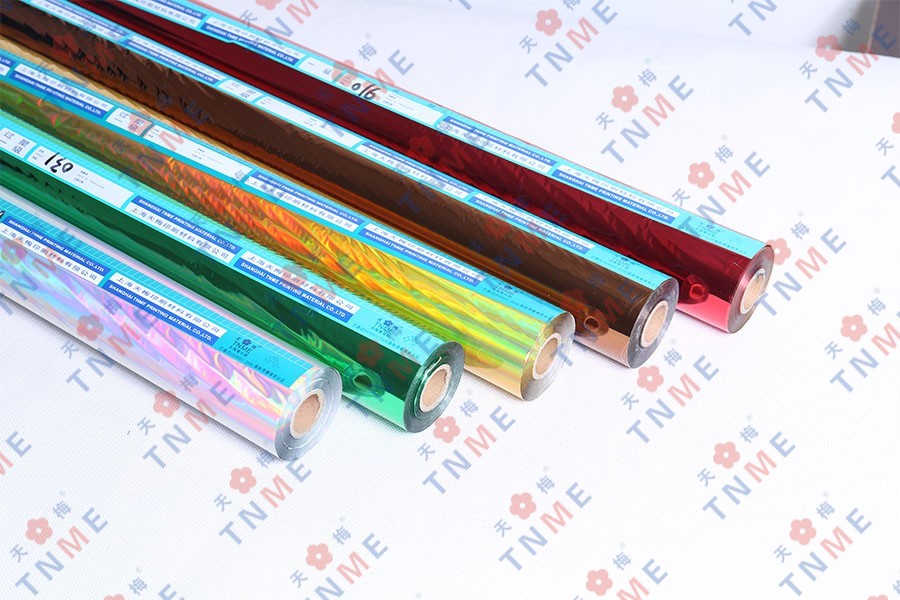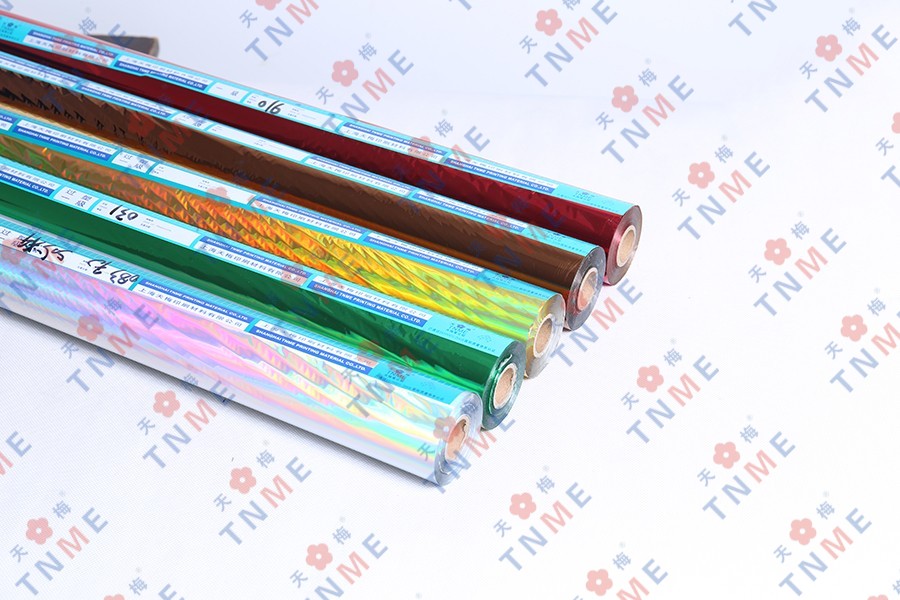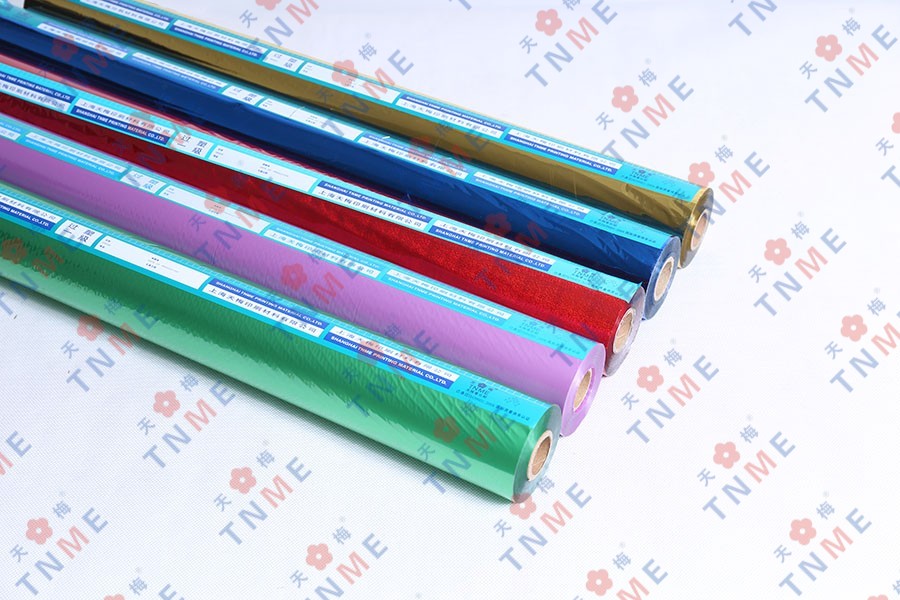Introduction Of Cold Foil
Integrating foil on your label can draw attention to your product and elevate your brand to a more luxurious level. Foil is a common professional design feature on a variety of printed materials. Depending on individual wishes or needs, the foil as a design feature can be applied by a temperature-dependent process (cold stamping or hot stamping).
Cold foil started with a simple idea. As a temperature-dependent, in-line process, the method utilizes a printing press to press the image onto a base layer with a UV-cured cold foil adhesive. The adhesive is activated by a UV lamp or dryer - no direct heating of the equipment is required. The foil is combined with the adhesive and substrate layers to create the image until the process is completed by removing the foil from the adhesive. The process may sound complicated, but it's relatively simple and inexpensive.
Cold foil is applied by printing a UV-curable adhesive on the desired areas where you want to foil. Then immediately apply the foil over the adhesive, covering it completely. The foil is peeled off but only remains on the areas where the adhesive was applied. Finally, the labels are run under UV light to fully cure the adhesive. The process of removing the access foil from the label makes this method less suitable for designs with fine details.
Cold foil foils use a flexographic printing press to print UV curable adhesives in specific shapes or designs onto paper, film, or shrink sleeves. The foil is then pressed onto the substrate by rollers and the product is exposed to UV light. Finally, to complete the process, the foil where no adhesive is present is removed.
The fine detail and consistency of cold foil make it ideal for situations where greater accuracy is required, such as small text. Additionally, cold foil offers the widest range of colors as different colored inks can be applied after foiling on the paper.




 English
English 中文简体
中文简体

















